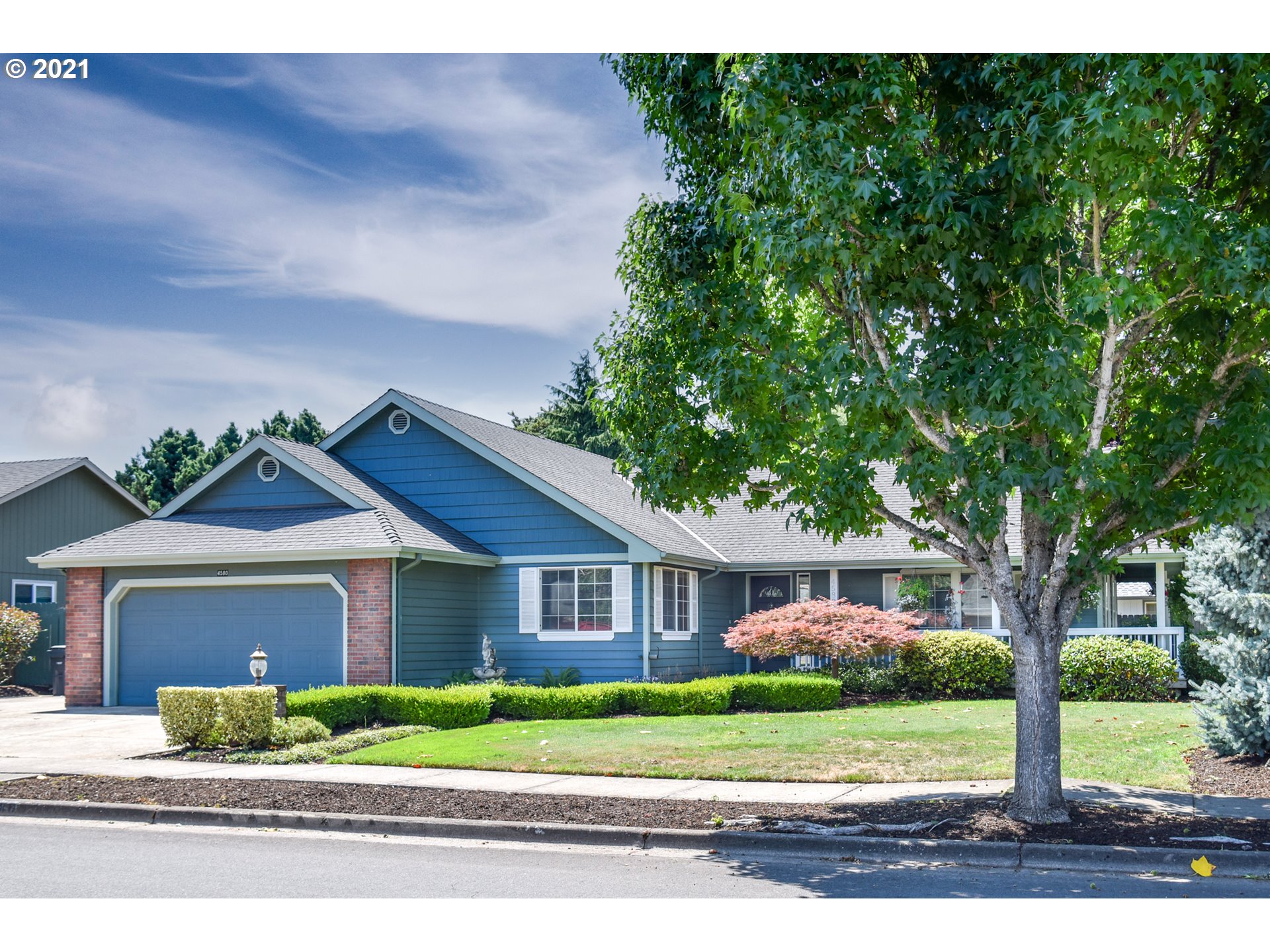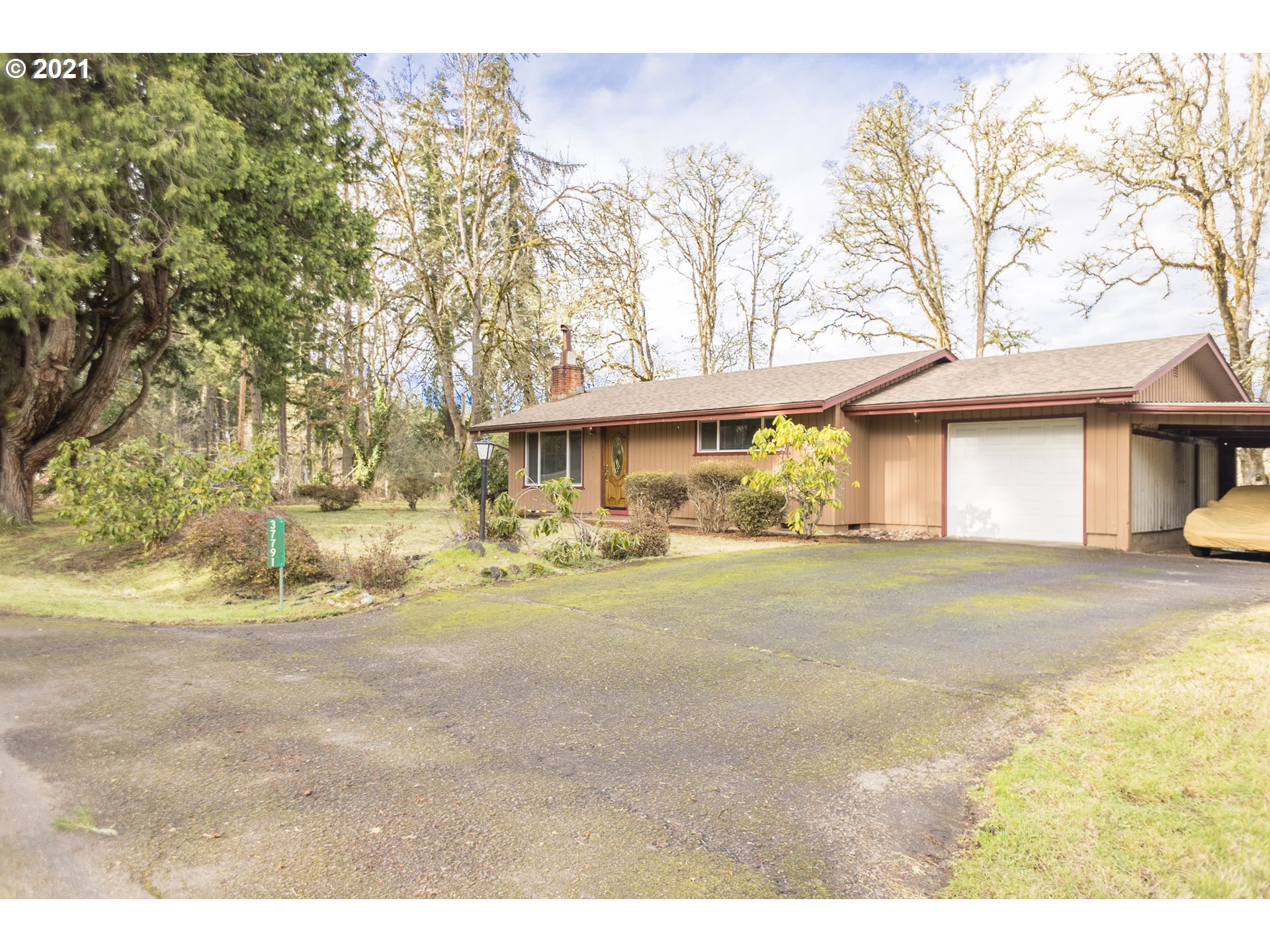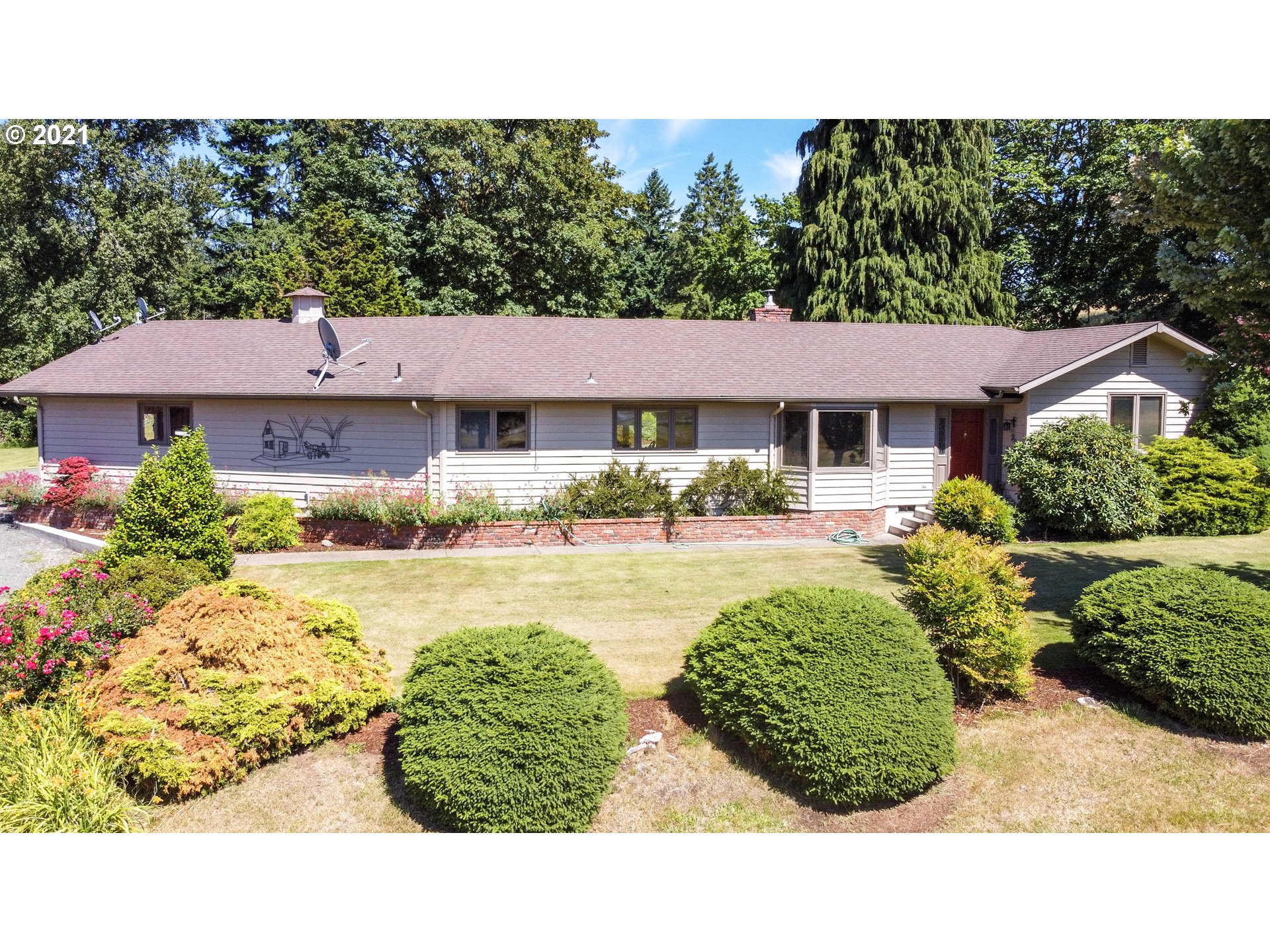Good Monday Morning!
The following article is a recent article from"Realtor.com" that speaks about the recent high inflation that we have experienced within the U.S. housing market. It's worth the time to read, because it gives a perspective on how the numbers are derived by the governement and some insight into what the true numbers may be.
Fast-rising housing costs have helped cause the largest increase in inflation since 2008. But the way that government statisticians track the price of consumer goods may be missing just how explosive home-price growth really has been in recent months.
The cost of shelter rose by 0.5% between May and June, according to the latest edition of the monthly consumer price index released Tuesday by the Bureau of Labor Statistics. Compared with last year, however, shelter costs were up 2.6%.
Altogether, the rise in housing prices accounted for roughly a fifth of the overall increase in inflation in June, a reflection of how heavily government economists weight this spending category.
But much of that increase was actually driven by the rising cost of hotels and motel stays, which are factored into the overall shelter figure. Between May and June, the cost of a hotel room increased nearly 8%. Comparatively, housing costs for renters and homeowners rose 0.2% and 0.3% respectively, per the government’s inflation measure.
If those figures seem off based on your own experience of buying a home or signing a new lease as of late, it’s not a surprise. Not everyone agrees on the rate of house-price growth.
The latest edition of the consumer price index indicated housing prices have risen 2.6% over the past year, while other reports suggest home prices are up more than 13%.
Other data suggested a much faster pace of home price appreciation and rental growth, well in excess of that level.
The most recent report from the Case-Shiller Home Price Index for April showed that home prices were up 14.6% nationally, which marked the highest increase in the more than 30 years of S&P CoreLogic Case-Shiller data.
So how does the CPI calculate housing? First, housing units themselves are not included in the CPI market basket.
Second, rental data to establish how prices are changing are collected every six months. The calculations for most other CPI items are collected monthly or bimonthly.
“Like most other economic series, the CPI views housing units as capital (or investment) goods and not as consumption items,” the Bureau of Labor Statistics says. “Spending to purchase and improve houses and other housing units is investment and not consumption.”
“The cost of shelter for renter-occupied housing is rent. For an owner-occupied unit, the cost of shelter is the implicit rent that owner occupants would have to pay if they were renting their homes,” the bureau adds.
The government pollsters ask homeowners: “If someone were to rent your home today, how much do you think it would rent for monthly, unfurnished and without utilities?”
And they ask renters: “What is the rental charge to your [household] for this unit including any extra charges for garage and parking facilities? Do not include direct payments by local, state or federal agencies. What period of time does this cover?”
Housing isn’t like other goods
“The rate of house price appreciation is not akin to inflation,” said Mark Fleming, chief economist at title insurance company First American Financial Services FAF.
For a start, housing is a very basic necessity. “Demand for shelter doesn’t go away — it just moves around,” Fleming said. In other words, if the price of airfares surges 2.7%, as it did over the past month, families could decide against going on that summer getaway.
That choice isn’t so simple when it comes to housing. As the cost of shelter increases it can have a “cascading effect on extremely low-income renters,” said Andrew Aurand, vice president for research at the National Low Income Housing Coalition.
Some 9.2 million ‘extremely low-income’ renters are spending more than a third of their income on shelter-related expenses
Andrew Aurand, vice president for research at the National Low Income Housing Coalition
Research from Aurand’s organization has shown that more than 9.2 million “extremely low-income” renters are cost burdened by their housing, meaning they spent more than a third of their income on shelter-related expenses. Many of these households spend upwards of 50% on housing, leaving little money behind for other purchases.
The alternative for these households would be losing the roof over their heads. In recent years, that has become the reality for many Americans. A 2019 study released by the Trump administration estimated that more than 500,000 people sleep outdoors each night across the country, while many more couch surf or utilize shelters for unhoused people.
Meanwhile, for people who own their homes, buying a property isn’t the same as buying, say, a banana. Owning that banana won’t benefit you financially in the long-run, whereas with a house you can expect to see its value increase and to profit off that. But a home isn’t a pure investment asset like a stock — it’s a mix of both.
Home prices can rise both because the actual structure itself may be worth more — thanks to the rising cost of labor and lumber — but also because people see value in it as a capital investment.
Home prices can rise both because the actual structure itself may be worth more — thanks to the rising cost of labor and lumber — but also because people see value in it as a capital investment.
As a result, there can be a mismatch in the way economists or government statistician view rising home prices, and what that means to a consumer.
“In a market environment where prices are rising so quickly to buy a home the economist would say that’s the increase in the price of the capital good,” said Robert Dietz, chief economist at the National Association of Home Builders. “But to the buyer, it represents a higher cost of living.”
Why housing inflation is different
People experience inflation vis-à-vis housing differently to most other products, and that makes it a challenging to measure.
For the typical homeowner, their housing costs likely haven’t changed too much over the past year.
“If you have a fixed mortgage, on your home, year over year, how much does your cost of living in that home change? Not very much,” Fleming said. “The only things that change year over year are your escrows for taxes and insurance.”
Even with renters, the price of housing doesn’t shift higher or lower from month to month. That’s why the Bureau of Labor Statistics collects housing data more infrequently than most other items in the CPI basket of goods.
For renters and buyers, you encounter the changing cost when something about your living arrangement changed: When you move to a new home, sign a new lease or refinance your mortgage.
Americans need to know how much housing costs are rising or falling — not the least of which because residential real-estate makes up such a huge portion of the nation’s economy.
But Americans do need to know how much housing costs are rising or falling — not the least of which because residential real-estate makes up such a huge portion of the nation’s economy.
The government’s Consumer Price Index calculates the “imputed rent” — essentially the amount a homeowner is paying for their housing rather than paying a landlord.
If it did not do so, GDP would actually fall, Dietz said, “because money that would be a rental payment in the marketplace paid by a renter suddenly disappears.”
To bridge this challenge, the government relies on survey data to produce its estimates of housing costs for renters and homeowners. In renters’ cases, they are simply asked how much they pay for housing.
But owners aren’t asked what their mortgage payment is — after all, not everyone has a mortgage. Instead, that’s why they are asked to estimate how much they would be able to charge for rent to lease out their current home.
Government statisticians survey the same cohort of Americans periodically to produce their findings and track changes over time to estimate housing costs.
“Inflation and [changes in] housing prices have generally been matched up,” said Jonathan Needell, President and Chief Investment Officer of KIMC, a private real-estate investment company. He added that rising housing prices has “exceeded inflation in some circumstances.”
Some researchers have argued, however, that this approach can also understate and/or be slow to identify true inflation occurring in the housing market.
A new analysis from Fannie Mae showed that there is typically a lag between when home prices are actually rising, and when that price growth is reflected in inflation reports like the consumer price index.
The role played by COVID-19
The shifts in housing preferences and needs caused by the COVID-19 pandemic has also complicated our ability to gauge the effect of inflation in the housing market.
Wealthier Americans, many of whom suddenly found themselves able to work remotely, chose to move away from major cities into larger and cheaper homes in the suburbs, often saving money in the process. As a result, rental rates declined in pricier neighborhoods.
But in more affordable areas, rents actually increased. Americans who lost their jobs because of the pandemic rushed to find cheaper housing, pushing rents higher for the least expensive apartments and homes in the suburbs.
Those effects are beginning to dissipate, but will continue to weigh on official measures like the consumer price index given the time lags that occur.
Americans who lost their jobs because of the pandemic rushed to find cheaper housing, pushing rents higher for the least expensive apartments and homes in the suburbs.
So is housing quickly becoming more expensive? The answer, economists agree, is yes. First American Financial Services has its own measure, the Real House Price Index, which compares nominal-price gains with Americans’ ability to afford to purchase a property based on the prevailing interest rates and household income.
For a period of time between 2018 and the beginning of 2020, the Real House Price Index was falling, because Americans’ buying power was rising faster than home prices, Fleming said. That’s not the case anymore.
“Deflation has turned into inflation, not because interest rates have gone up — they’ve only gone up a little bit — but because house prices are just crazy,” Fleming said.
The reason home prices are rising so fast is fairly simple. After the Great Recession, home-building activity all but drew to a standstill as the construction industry worked to recover.
‘Deflation has turned into inflation, not because interest rates have gone up — they’ve only gone up a little bit — but because house prices are just crazy.’
Mark Fleming, chief economist at First American Financial Services
As a result, the construction of new homes did not keep pace with population growth and the formation of new households.
That left the housing market with a serious shortage of homes, just as millennials have begun getting married and having kids — traditional hallmarks of home-buying interest.
With the pandemic, the shift to remote working and low interest rates have only exacerbated things.
The primary solution to address runaway inflation in housing will be to build more homes — something that’s easier said than done. “Some of the challenges that we face on the supply side of the residential construction industry are going to persist well into 2022,” Dietz said.
Those challenges run the gamut from the high cost of lumber to the lack of skilled workers to complete construction projects. Another factor: Zoning regulations across the country prevent the construction of more dense housing in many cities, effectively driving up home prices and rents in the process.
Finally, new-home construction alone won’t make matters easier for all Americans. Because of the high costs, it’s easier for builders to construct more expensive homes, even though the demand and competition is strongest for entry-level properties.
Over time, that increased concentration in the bottom-tier of the housing market is driving up prices for those who can least afford it.
There’s this argument that if you just build more supply to meet the demand, it will eventually help extremely low and very low-income renters,” Aurand said. “But the market is not going to adequately serve mostly extremely low-income renters.”
Have An Awesome Week!
Stay Healthy! Stay Safe! Remain Positive! Trust in God!
THIS WEEKS HOT HOME LISTING!
 4580 Spring Meadow Ave., Eugene, OR
4580 Spring Meadow Ave., Eugene, OR
Price: $425,000 Beds: 3 Baths: 2.0 Sq Ft: 1489
This well kept single level home in a quiet Santa Clara neighborhood will not disappoint! Great room concept w/ vaulted ceilings in the family room. Spacious kitchen w/ breakfast bar, stainless steel appliances, granite counters & large pantry. Mast...View this property >>
AND HERE'S YOUR MONDAY MORNING COFFEE!!
 37791 Wheeler Rd, Dexter, OR
37791 Wheeler Rd, Dexter, OR 

 4580 Spring Meadow Ave., Eugene,
4580 Spring Meadow Ave., Eugene, 33749 Meyer Rd, Cottage Grove,
33749 Meyer Rd, Cottage Grove,



